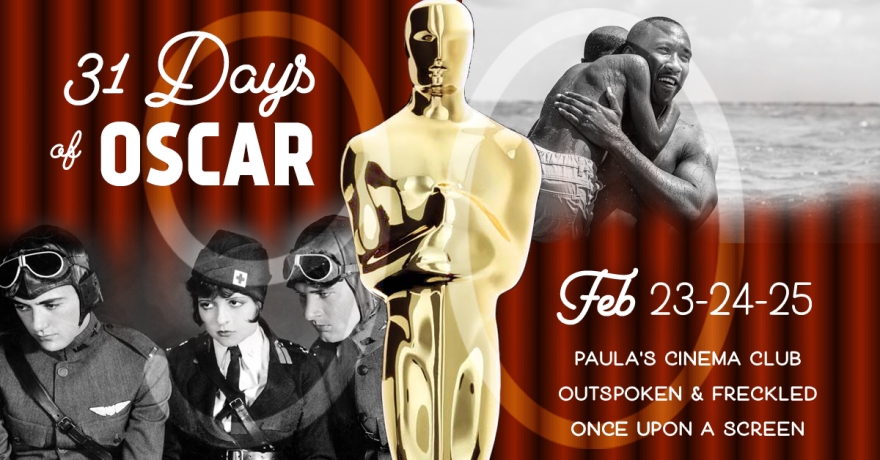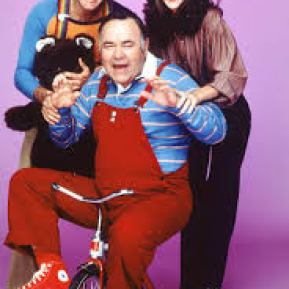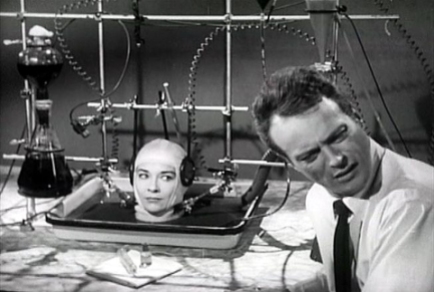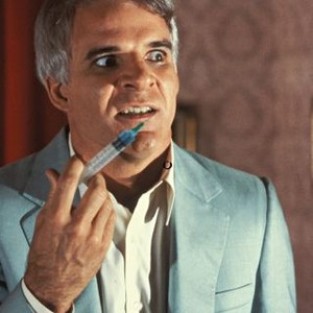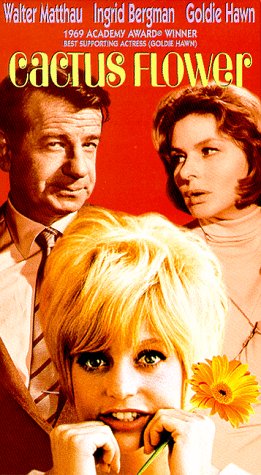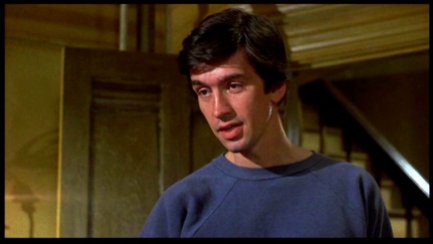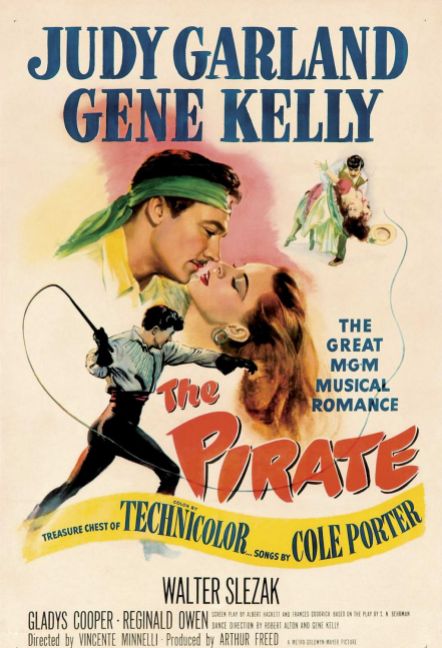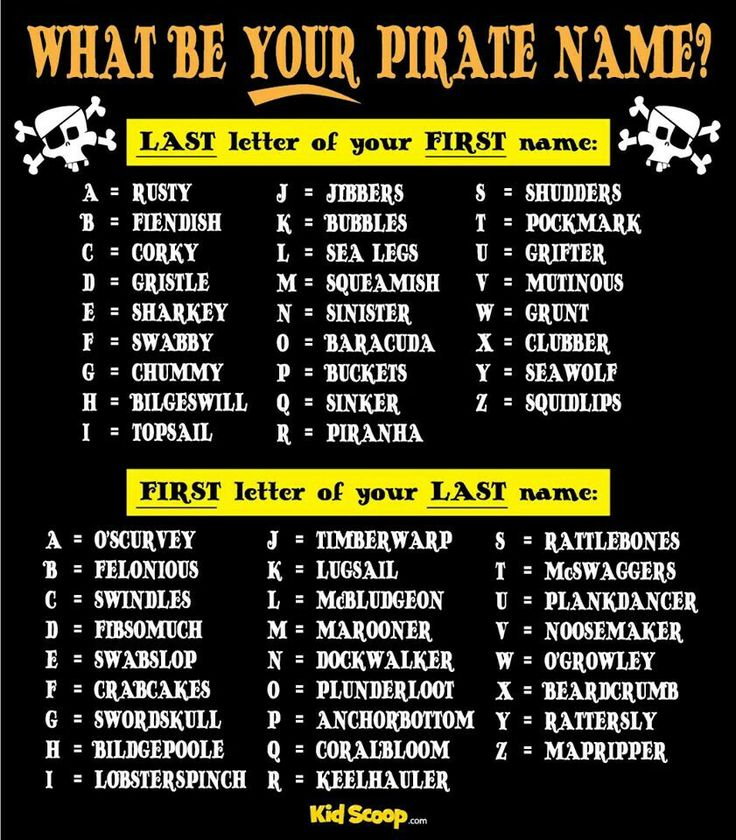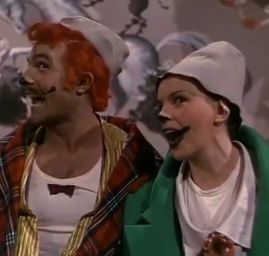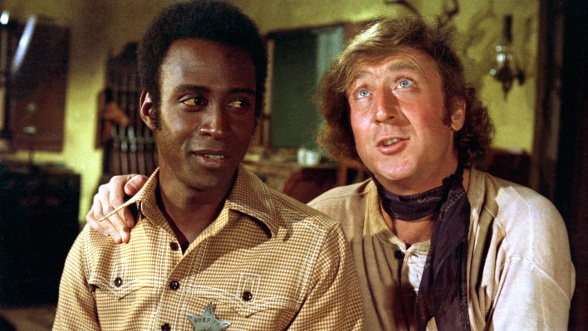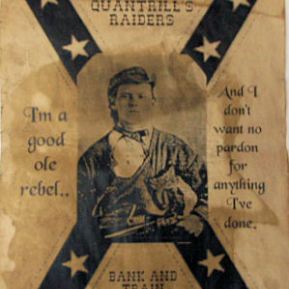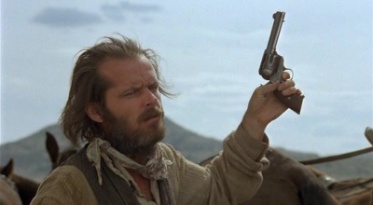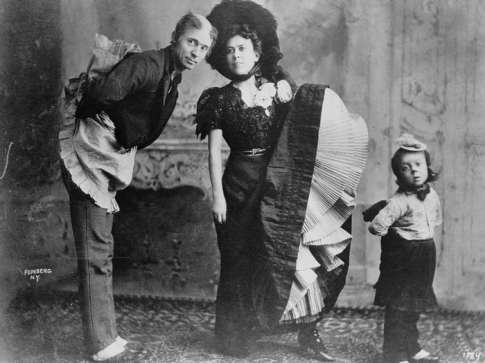Finally! A Blogathon dedicated to Broadway musicals and films. I would like to thank Rebecca from Taking Up Room for choosing musicals as her theme for her first ever Blogathon. Congratulations Rebecca; and, I hope this will become an annual event. Please check the link below to find more posts on a variety of wonderful musicals.
https://takinguproom.wordpress.com/

I have to be honest, for years, I was not a fan of musicals. I found the story lines boring, predictable and unbelievable. Even during the few times I actually liked a song or dance, I definitely did not enjoy the whole movie; nor, did I ever watch a “whole” movie musical. Unfortunately, I can just see Walt Disney turning in his grave. As a matter of fact, I avoided them as much as possible. However, all that changed when I forced myself to sit through a musical from beginning to end. The movie that drastically changed my disdain for all films, musical, was Funny Girl.
So how was I forced to watch this movie?
The first time I watched Funny Girl (1968), I was home, alone. As a college student, I was working pretty hard on my double major (History and Education). That glorious day, the gods smiled; and, my classes were cancelled due to hurricane warnings. So, I ended up “free” to warm up some left over chili and become a couch potato.
On television, the Tuner Movie Classics (TMC) channel had just announced their movie lineup for the day and evening. As the fates would have it, the best thing to watch on TV that day was a dreaded musical. I self talked myself into giving it a try. I learned that it was nominated for seven Oscars and four Golden Globe awards. Barbra Streisand, in her first movie role, won both awards as Best Actress. So, I watched my first musical, twenty-two years after its release date.
So, how did I have the staying power to endure watching a whole musical?
As I was getting my fatty “free day” ready, a loud weather alert began beeping as a warning banner ran across the bottom of the screen. The hurricane alert had escalated from a 3 to a 4. Hurricanes are seasonal storms in Florida. You kind of get used to them.
However, I still had some chores to do in case the hurricane disrupted power lines and water. I had little time to complete the “Hurricane Drill.” I found the candles and matches, located the flashlight and radio, located extra batteries, and filled the bathtub with water. Now, like a true Floridian, I decided to continue with my plan: Watch Funny Girl.
Unfortunately, as the storm became louder and more destructive, I became overly anxious; and I have to admit, a bit fearful. Even so, the only thing I could do was to hunkered down on the couch with the volume, turned way up. I gave Funny Girl my undivided attention.
From Broadway To Film
In 1964, Funny Girl successfully opened on Broadway with recording star Barbra Streisand cast in the lead and co-staring Sidney Chaplin. Her energetic portrayal of comedienne, Fanny Brice was brilliant. Producer Ray Stark, then turned this “Hit” Broadway show into a movie released in 1968. The legendary, William Wyler, was asked to direct. He was known for his sensitive direction of actors and his ability to display actors in profound moments that made their characters more realistic. It is almost an understatement to say he was one of the best directors in Hollywood.
A Tiny Bit of Behind The Scenes History
During the making of this film in 1967, the Israeli-Egyptian Six Day War broke out. Most of the movie’s financiers were Jewish as well as the cast. Omar Sharif is Egyptian. Many wanted Sharif fired including Streisand’s mother. Jewish director Wyler fought to keep him.
According to an article for TMC by Andrea Passafliume, Sharif relates this story in his autobiography. This is Wyler’s words, as repeated by Omar Sharif:
We’re in America, the land of freedom … and you’re ready to make yourselves guilty of the same things we’re against? Not hiring an actor because he’s Egyptian is outrageous. If Omar doesn’t make the film, I don’t make it either!”
You have to love “99-Take Willie.” To add oil to an already burning fire, Streisand and Sharif began a love affair, although both were married but separated from their spouses. To add to this, publicity released pictures and posters of Streisand and Sharif kissing. Egyptian newspapers condemned him for kissing and acting with a Jew. The film was banned and never been released in that country. I am sure their “decency codes” would not allow the film’s released for other reasons too: The suggested sexual overtones and the drinking or smoking. Unfortunately, Sharif’s citizenship was denied and his Vista revoked so that he could never return to his homeland. Clearly, he paid a high price his art that would haunt him the rest of his life.
A Summary of The Movie
This is the movie trailer. I like this trailer because it depicts the very first words spoken in the movie: Hello Gorgeous.
Eventually, Fanny will keep coming back; until, one the musicians takes pity on her. They need a substitute for a roller skating routine. Fanny can barely keep from falling down as she crashes into the other girls. She literally ruins the act; but, she was so funny the audience begs her to do a song. She and the rest of the world discovers she has a great voice, and a star is born.
Here is a clip of Fanny singing for the first time on stage
After this performance, Fanny is backstage explaining to the other show girls that Ziegfeld, himself, will knock on that door and her to be one of his “follies.” Then, someone is knocking on the door. Fanny opens the door to the most handsome man she has ever seen. She freaks out and slams the door in his face.
Then, she catches her breath and opens the door again. An awkward start to be sure. He explains how much he enjoyed her performance. Fanny is uncomfortable with the compliments from such a “gorgeous” man. She even slips and says he is gorgeous when she was thinking it. She tries to remedy her blunder by saying that she meant that his shirt is gorgeous.
Before Nicky leaves, the theater owner passes by and says a friendly hello to him. Then, Fanny reminds the owner has hired with pay. He realizes she wants to know how much pay. As he walks away, he yells back: $25.00 a week. Nicky informs him that he will pay her $35.00 a week. He explains a friend of his told him to be on the look out for fresh talent. The owner makes Fanny a counter offer: $40.00. Then, Nick offers her $45.00. The owner exasperated makes his final offer: $50.00. Nick said that $50.00 was as high as he was authorized to go.
As the owner walks away again, he shakes his head as he realizes that he is paying Fanny double from what he originally intended. Giggling Fanny asked Nick the name of his friend who has him looking for talent. Nick confesses that there was no friend. He made it up.
Fanny was rather shocked: You took a gamble?
Nick said: That’s what I do. I am a gambler.
Fanny offensively says: Yeah, but you gambled with my life.
Nick says: Isn’t that what you did tonight on that stage?
So, Nick is a charmer, sophisticated, well-educated, elegant, a world traveler, wealthy, comfortable with the upper social classes, and is a total con artist. Fanny was head over heels in love. Yet, Nick was not interested in changing any part of his life. He liked being free to do whatever he wanted, without a second thought about anyone else. As a matter of fact, Nick directly leaves Fanny to race his thoroughbred horse in Kentucky.
The next time Fanny meets Nick she is working in the Follies for Florenz Ziegfeld (Walter Pigeon). Fanny is convinced that Nick got her the job. After Fanny’s debut with the Follies, Nick sends her a dozen yellow roses and invites her out to a sleek dinner club. Fanny sadly refuses because her mother is giving a party in her honor; and, the whole neighborhood is coming. Instead, Fanny hesitantly invites him to her party located in a Brooklyn family owed bar; and to her surprise, he graciously accepts.
Nick blends in very well with friends and family. As a matter of fact, he is invited to a penny ante poker game with the local elderly ladies. They had no idea who they invited to their table. His shuffle alone should have alerted them to his expertise. However, being the charmer, he allowed them to win, even though he was holding the winning hand. He didn’t fool Fanny’s Mama Rose (Kay Bedford).
Her observations were right on the money: He fits in like a friend and not a stranger. He looks at home. He should fit in like a stranger. Fanny relies: He is a gentleman. He fits in anywhere.
Rose relies: A sponge fits in anywhere. A stranger should look a little strange.
Later, that evening Nick confesses to Fanny that he gets lonely but he loves his freedom. Fanny confesses that she is too busy to have a boyfriend. They both admit that they feel lonely at times. It is in this scene Streisand sings her now standard: People
Of course, Nick’s “work” allows him to travel; and, he must leave, again. They will not see each other for over a year. Eventually, you realize something is definitely off about Nick; but, you hope, like Fanny, you are wrong. You start feeling that these two people have to get together; but, you wonder, like any relationship, will it last.
A year later, they will meet again and go on their first date. The film is laden with Brice’s comedic one liners. Yet, it is in this scene with Nick that one of those quips, really took me by surprise. To me it was the most hilarious line in the whole movie. Nick compliments her on the color of her dress because it looks wonderful with her eyes. Fanny retorts: Yeah, well that’s just my right eye. I hate what it does with the left. Later in this same scene, Sharif and Streisand sing a duet about the basics of human relationships.
The Movie continues through their years together, good and bad; until, the marriage sadly ends. The final song, My Man, was sung on stage right after Fanny learns her marriage is practically over. This scene is such a stand alone moment in the movie. Streisand’ mesmerizing performance is unforgettable. There is a little more about this scene I would like to mention later in this post.
Dancing?
Unlike most musicals, this movie has very little dancing. The only dancing in this film happens when it was part of the story. For instance, when Fanny is asked to dance a waltz by her man crush, Nicky Arnstein (Omar Sharif), she dances. However, the camera is focused on Fanny’s overwhelmed expressions. We see her as she mentally drools over her handsome dance partner.
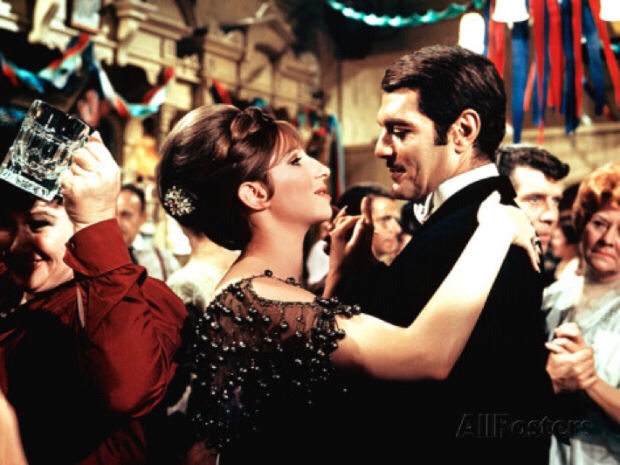
In addition, whenever the Ziegfeld Follies do a dance number on stage, there is some dancing; but, only because it is part of the stage act. So, this musical, like all musicals, uses song to help tell the story; however, this film does not use dance to move the story along.
Personal Favorites
There are great songs, breathtaking scenes, gorgeous costumes, and a fascinating story. Many of the musical numbers are truly unforgettable. I especially like the scene when Fanny decides to quit the show at the train station and follow Nick before his transatlantic ship sails away. The rest of her show friends try to talk her out of it. That’s when she belts out: Don’t Rain On My Parade!
Not only is this one of my favorite musicals; but, as a woman, I found it inspirational too. Brice and Streisand were forces to be reckoned with. Against the odds, they each made it and did so doing it their own way. Their confidence, intelligence and strong will power keep them going. For this movie, all of the magic and creative forces that went into making this film is what all films should try to accomplish.
Directors Know What Is Best
There are many elements to making a great film; but, having a great director is at the top of the list. An example of this is evident in the closing scene. True, to Wyler’s genius, he used the knowledge that the off camera relationship between the leading stars was ending. In the final scene, when Fanny must sing My Man knowing her relationship with Nick was over, Wyler kept Sharif behind the curtains during the scene. She knew he was there; an, they talked between takes. With every note she sung, you could almost feel her heart painfully breaking. This was perfect magic.
The 2 hours and 38 minutes goes by pretty fast. Which of course is a compliment to the movie itself.
The Real Fanny Brice
This movie was made only 13 years after the real Fanny Brice passed away in 1951. She was considered as a comedic genius and had one of the best singing voices in the 20th century. She was intelligent, witty, and a consummate performer. There were few who had such a command of the stage. In person, she was elegant and very classy. Those who knew her personally, said she was always herself; and she treated everyone the same. One of my favorite quotes from Brice is actually great advice for everyone. This is her life lesson shared
Let the World know you,
As you are,
Not as you think you should be,
Because sooner or later, if you are posing,
You will forget, to pose,
Then, where are you?
No matter, what misery was in store in the life of Fanny Brice, she took it in stride and literally rolled with the punches. The “real” Fanny Brice was hugely popular on the stage and on the radio. She used her God-given talents to entertain millions; and, she always left her audience in appreciation of her enjoyable performance and usually, in much laughter.
If you have read some of my posts before, you know I love history, especially personal history. I love learning how someone, through their defeats and victories, has come full circle to find their bliss or purpose. I ordered a biography on Brice’s life that I intend to review in another post for Life’s Daily Lessons. Until then, I will leave you with the knowledge that Brice worked on her radio show, The Baby Snooks Show, from 1944 to 1951. There was only one episode that was filmed for television. The night it aired, in May of 1951, Brice died of a cerebral hemorrhage. She claimed the show worked on radio but not on television. Here is the clip of that television episode.
I often wondered how she managed the mental discipline she needed to perform as six-year-old Baby Snooks at age 59. Truly, an amazing entertainer.
Reference Links:
https://www.google.com/search?q=funny+lady&ie=UTF-8&oe=UTF-8&hl=en-us&client=safari
https://www.imdb.com/title/tt0062994/
http://identity-mag.com/films-that-have-been-banned-in-egypt/
http://www.tcm.com/this-month/article/220494%7C0/Behind-the-Camera-Funny-Girl.html
http://www.tcm.com/this-month/article/220494%7C0/Behind-the-Camera-Funny-Girl.html












